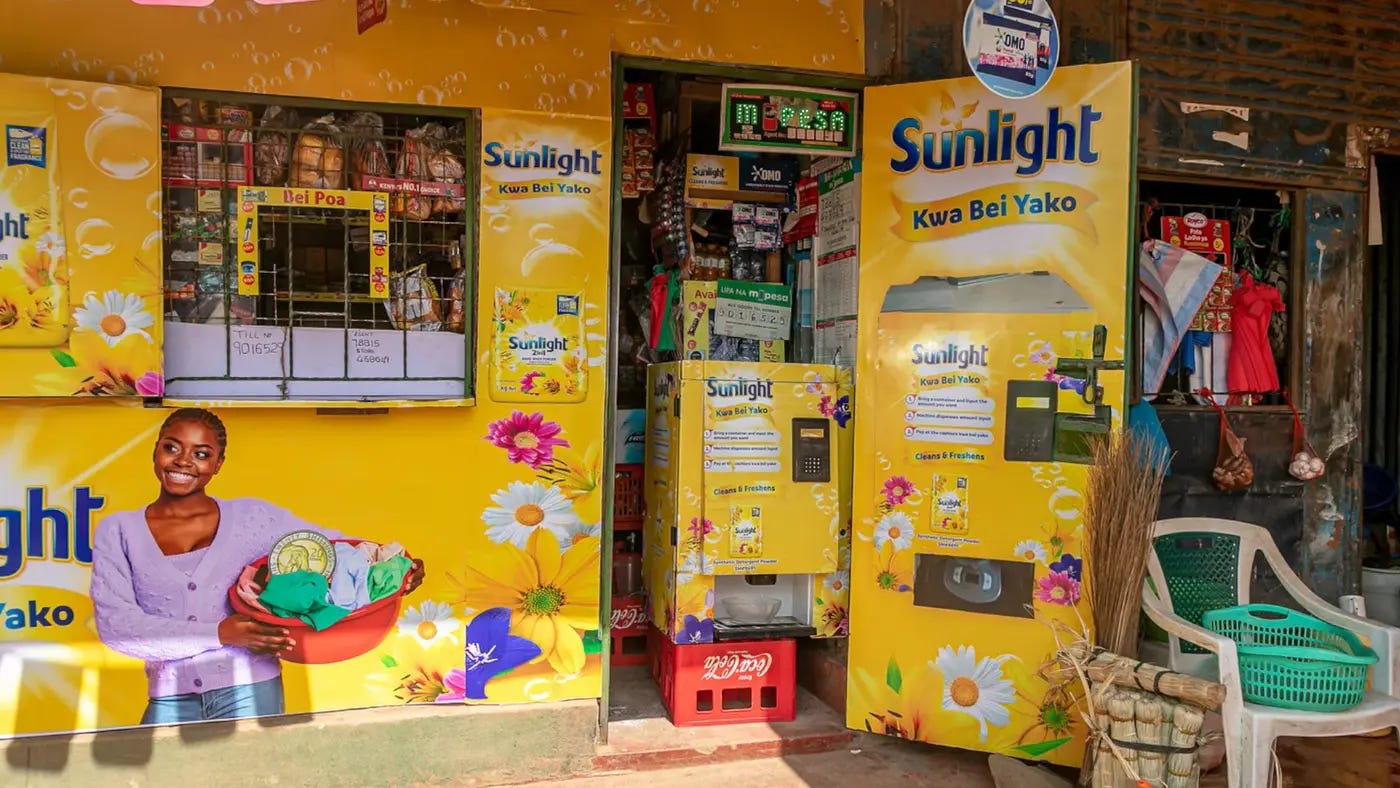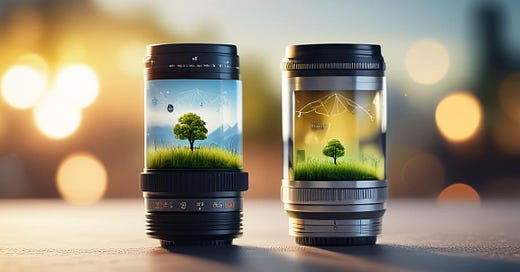On Defense and Offense: Why Environmental Sustainability is Your Business Superpower
How Sustainability Innovation Can Help Any Business Build a Competitive Advantage
I had a conversation this week that made the need for sustainability innovation crystal clear for me—and it came from the industry I’d have least expected.
For context, let’s first address what I think is a giant misperception in sustainability & climate change about the need for innovation. For example:
“We don’t need new technologies to solve climate change; we just need to build the stuff and scale it up quickly.” —Dr Peter Clough, Lecturer in Energy Engineering at Cranfield University (UK)
Or, from the Disconnect climate blog:
We will need to use a whole range of technologies to respond to the crisis, but we don’t need to wait for anything new to be developed before we act.
Dr Clough and others are talking about sustainability & climate adaptation at the society level. And societally, it’s true—we do have most of the technologies that we need.
(And the second part is definitely true — we need to be moving faster. A LOT faster).
But you and I don’t exist at the society level—we exist in the individual business and industry level.
And at our level, innovation is absolutely critical: Whether it’s adapting a technology for our use case, reinventing a product supply chain to reduce carbon or creating a new solution from scratch for our space, there’s tremendous need to incorporate innovation into your company’s strategy.
Why does every organization need to focus on sustainability innovation?
Business is really simple:
Every company, from Goldman Sachs to Ikea to your neighborhood pizza parlor is searching for the same thing: A sustainable competitive advantage over its competition.
If you have this advantage, you have faster growth, more marketshare and higher margins than your competition.
You win.
If you’re Apple, your sustainable advantage can be design & branding. No one in your industry does it better. If you’re Nike, it’s entirely branding. If you’re EA, it’s exclusive partnerships with professional sports leagues that prevent any other developer from going head-to-head with Madden. If you’re Walmart, it’s low-cost leadership. Regardless of the industry, the leaders have developed some sort of advantage in the marketplace that their rivals can’t easily copy.
Sustainability through innovation can be this competitive advantage for any company.
For some, it can enhance a brand & increase brand value (Patagonia), while for others, it can lower overall costs (Unilever) and for others it can help recruit & retain top talent (Microsoft).

This innovation can fall into two broad categories:
Defensive
Defensive issues are what most people think of when it comes to sustainability issues:
How do I start incorporating climate concerns today so my business doesn’t disappear tomorrow?
How can I get ahead of coming environmental regulations?
How do I keep top talent?”
Regardless of the details, you’re responding to something—you’re acting defensively.
That’s not a bad thing!
Climate-related regulations are likely coming for many industries, and a changing climate is impacting how you should think about things like supply chains over the coming decades.
Here’s where my conversation came in.
Oddly, the woman I spoke with worked in the finance industry—hardly an industry that screams “sustainability innovation”. Spreadsheets aren’t as ripe for disruption as, say diesel-powered cargo trucks.
And yet, her firm has had to be incredibly innovative—in response to regulations in Europe. They’ve built internal tools, reporting diagnostics and other innovative solutions to meet their own (defensive) need.
For them, it’s now the cost of doing business in the European Union. It’s also protected their marketshare and their ability to compete in Europe.
But it’s also fun to make a buck
Although defensive reactions are critical to protecting a business, it’s a lot more fun to use sustainability innovation to go on the offensive, grow the business & capture new markets.
Offensive plays are discovered when there’s a new market need that either is created or is unlocked through sustainability innovation.
Consider two examples:
Say the financial services firm I mentioned above built the ultimate carbon accounting and monitoring software. Let’s say also that they create and sell mutual funds to institutional investors, like pension funds. Pretend for a minute that every publicly traded company was included on their new platform.
With this platform, they can state exactly what the carbon footprint of each of their mutual funds is and how it compares to each of their competitors’ mutual funds.
Is that a “sustainable” product, as most people would think about it?
Probably not—it’s just a reporting tool. In itself, it’s not removing carbon from the atmosphere.
It also may or may not even be marketed to clients. Some clients may not care, so it’s a meaningless additional number.
Others however may have Environmental-Social-Governance (ESG) requirements that they need to meet, and this new product would help them achieve their goals. Others—say clients in Europe—may have regulatory requirements to report their environmental performance themselves, making this a critical advantage of our institution’s offering.
Best of all, if this tool is difficult to create, complicated, or at all patentable, it’s not something others in the industry can easily replicate.
Voila! A sustainable competitive advantage!
Even ignoring all external customer or client demands, sustainability innovation my provide an offensive advantage.
Consider a second example:
Unilever.
The packaged goods giant has been on an environmental tear for years now, resulting in giant improvements in the reduction of its waste stream, better conservation of water, decreased packaging and more efficient use of electricity.

All of these are obviously wins for the environment.
But also, note that they each reduce Unilever’s operating costs and drive down the per-unit cost of their products. In markets where this gives them a cost advantage, they’ll have a competitive advantage vs their competitors. In instances where others can’t easily copy Unilever’s sustainability innovations, this cost advantage becomes sustainable (pun intended).
By focusing on sustainability innovation, Unilever has made their business stronger.
No matter the company, sustainability innovation can provide both defensive and offensive ways to build a sustainable competitive advantage for the company.
Who doesn’t want that?



